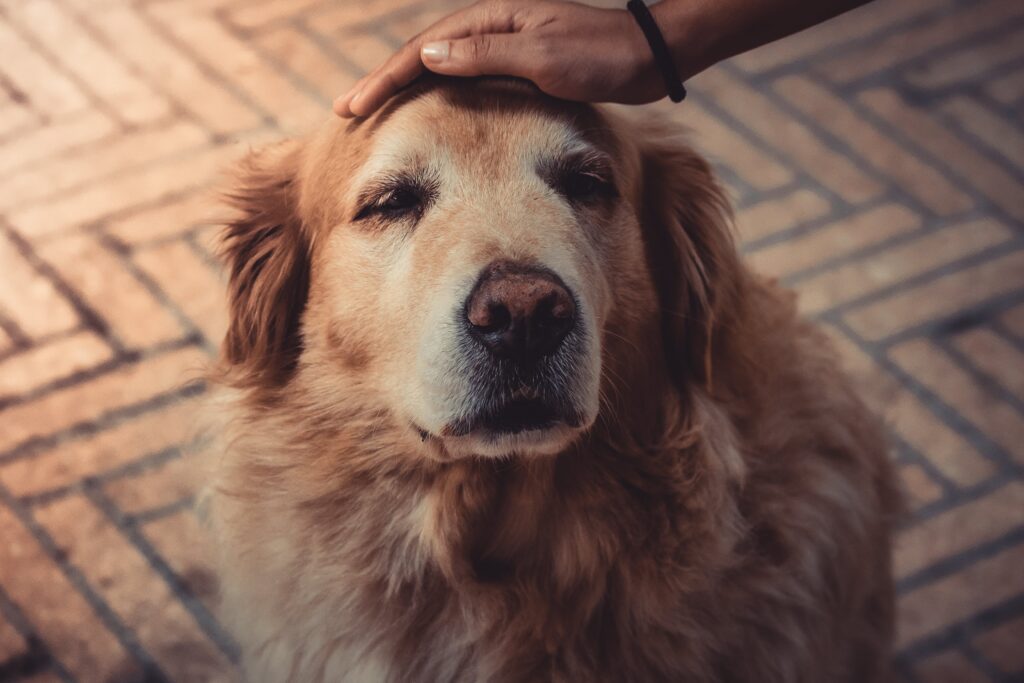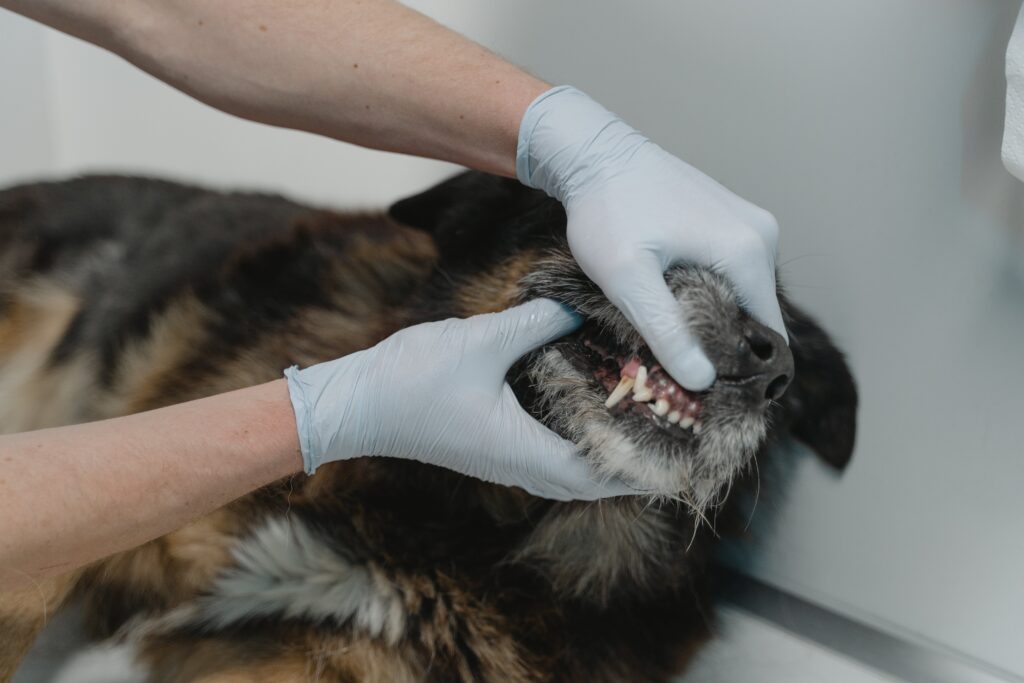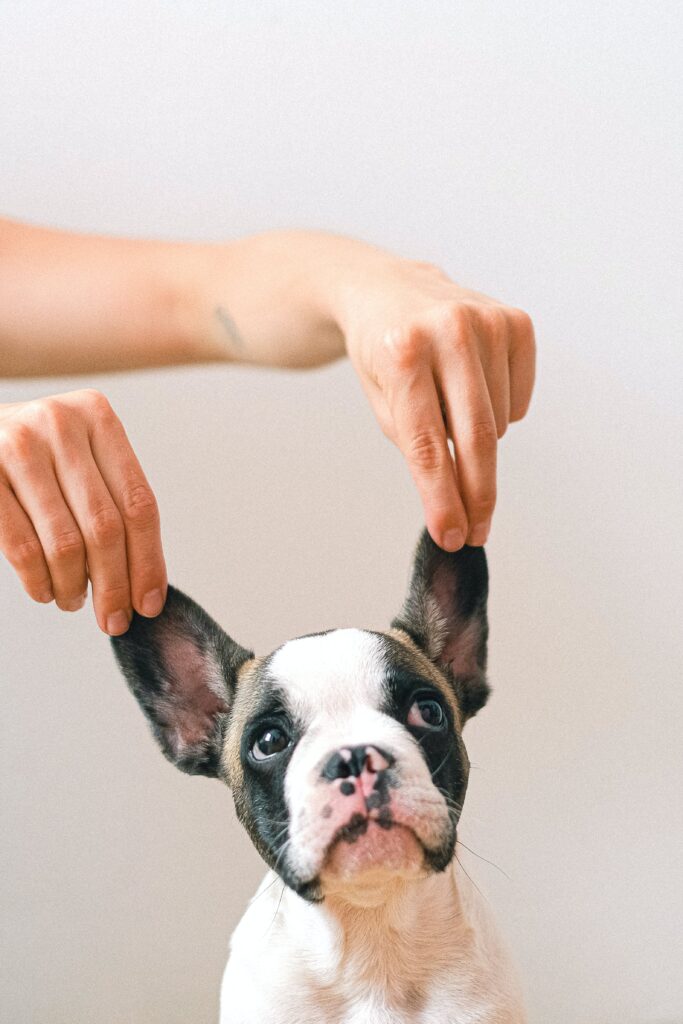Considerations for Dog Joint Health
Osteoarthritis is a common degenerative joint disease in dogs that can cause pain, swelling, and decreased mobility. Proper treatment is essential for managing the joint pain and improving the quality of life for dogs with arthritis. What Dogs Are Most at Risk? Dogs, just like humans, can develop various health conditions as they age. One common ailment that affects dogs’ joints is osteoarthritis. While any dog can potentially develop arthritis, certain factors can increase their risk. In this section, we will explore which dogs are most at risk of developing osteoarthritis and the factors that contribute to this condition. Large and Giant Breeds Large and giant breed dogs are more prone to developing osteoarthritis. The size and weight of these dogs put additional stress on their joints, which can lead to cartilage degeneration over time. Breeds such as Great Danes, Saint Bernards, and Mastiffs are particularly susceptible to joint issues. It is crucial to monitor the weight of large and giant breed dogs to prevent additional strain on their joints. Keeping them at a healthy weight can alleviate pressure on their joints and slow down the progression of arthritis. Obese Dogs Obesity is a significant risk factor for various health problems in dogs, including osteoarthritis. When dogs are overweight or obese, the excess weight places excessive stress on their joints, leading to faster wear and tear of the cartilage. It is important to maintain a balanced diet and provide regular exercise to dogs to prevent obesity. By promoting a healthy weight, owners can significantly reduce the risk of arthritis development in their dogs. Senior Dogs As dogs age, their likelihood of developing osteoarthritis increases. The wear and tear on their joints over the years can lead to the breakdown of cartilage and the development of arthritis. Senior dogs require extra care and attention when it comes to joint health. Providing them with joint supplements or medications, as recommended by a veterinarian, can help manage the condition and improve their quality of life. Dogs with Previous Injuries or Joint Disorders Dogs who have experienced previous injuries or have pre-existing joint disorders are more prone to developing arthritis. Injuries, such as fractures or ligament tears, can cause permanent damage to the joints, accelerating the degeneration process. If your dog has a history of joint issues or injuries, it is crucial to be proactive in managing their joint health. Regular veterinary check-ups and appropriate treatment can help minimize the progression of arthritis. Certain Infections and Metabolic Diseases Some infections and metabolic diseases can increase the risk of arthritis in dogs. Conditions such as Lyme disease, bacterial infections, or immune system disorders can lead to joint inflammation and cartilage damage. It is important to safeguard your dog against infections by providing preventive measures, such as tick control and vaccinations. Additionally, regular veterinary visits can help identify and manage any underlying metabolic diseases that may contribute to arthritis development. Activity Levels of Competitive Sporting and Working Dogs Competitive sporting and working dogs undergo rigorous exercise and training regimes. Constant and intense physical activity can affect their joint cartilage and increase the risk of developing arthritis in the long run. Proper conditioning, warm-up exercises, and controlled exercise routines tailored to the specific needs of these dogs can help minimize the stress on their joints. Additionally, providing them with joint supplements can support their joint health and reduce the risk of arthritis. Large and giant breeds, obese dogs, senior dogs, and those with previous injuries or joint disorders are at an increased risk of developing osteoarthritis. Additionally, certain infections and metabolic diseases can also contribute to the development of arthritis in dogs. It is essential for dog owners to be aware of these risk factors and take appropriate measures to prevent or manage arthritis in their furry companions. Recognizing Osteoarthritis in Your Dog Welcome to our blog post on recognizing osteoarthritis in dogs. Arthritis is a common condition that affects many dogs, and it is important for pet owners to be aware of the signs and symptoms so they can seek appropriate treatment for their furry friends. In this article, we will discuss the various signs of arthritis in dogs and how to identify them. Early Signs of Arthritis Arthritis can affect dogs of all ages, although it is more commonly seen in senior dogs. However, in some cases, signs of arthritis can appear as early as one year old. It is important to be aware of these early signs so that treatment can be initiated as early as possible. Some common early signs of arthritis in dogs include: If you notice any of these signs in your dog, it is important to consult with your veterinarian for a proper diagnosis and treatment plan. Early intervention can help manage the condition and alleviate your pet’s discomfort. Additional Indicators of Osteoarthritis In addition to the common signs mentioned above, there are a few other indicators that may suggest your dog is suffering from osteoarthritis: These additional indicators may not be as commonly recognized as the primary signs, but they can still provide valuable clues to help you identify if your dog is suffering from osteoarthritis. In conclusion, recognizing the signs of osteoarthritis in your dog is crucial for their overall well-being. By being aware of the early signs and additional indicators, you can seek appropriate veterinary care and help manage your pet’s arthritis effectively. Remember, early intervention is key to improving your dog’s quality of life and keeping them comfortable and active for longer. Treatments for Osteoarthritis in Dogs Osteoarthritis is a common condition that affects many dogs, especially as they age. It can cause discomfort and mobility issues, making it essential to manage and treat the condition effectively. Veterinarians often recommend a combination of therapies to help dogs with arthritis, including joint supplements, weight management, activity modification, and medication. Joint Supplements One popular treatment option for dogs with osteoarthritis is the use of joint supplements. These supplements typically contain ingredients like glucosamine, chondroitin, and green-lipped mussel,
Considerations for Dog Joint Health Read More »






